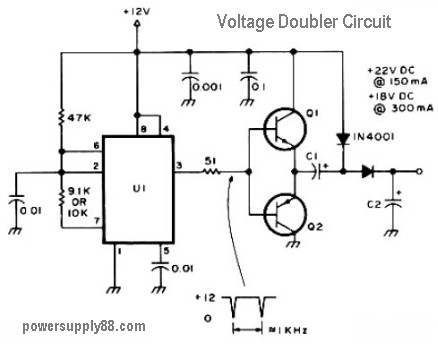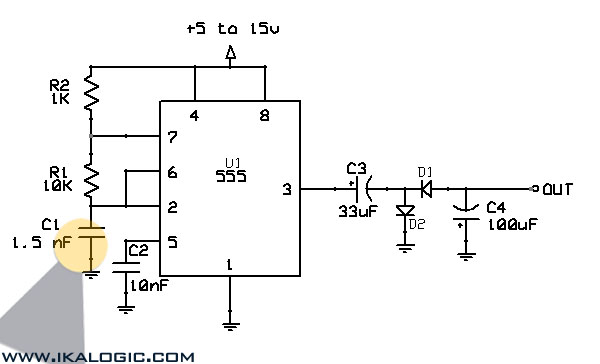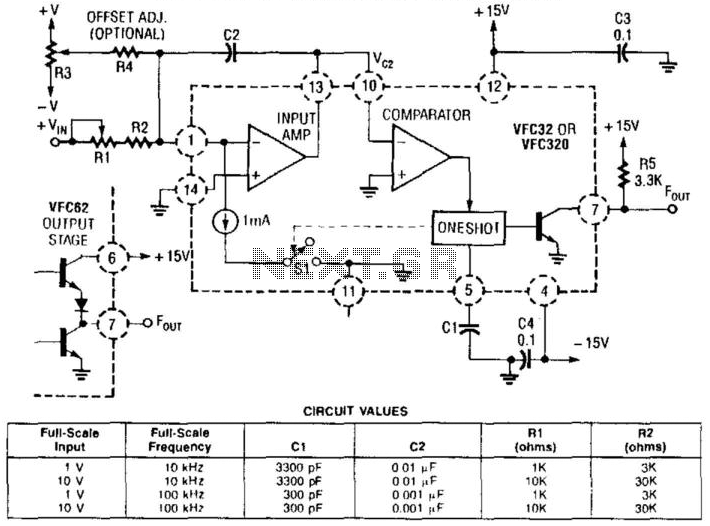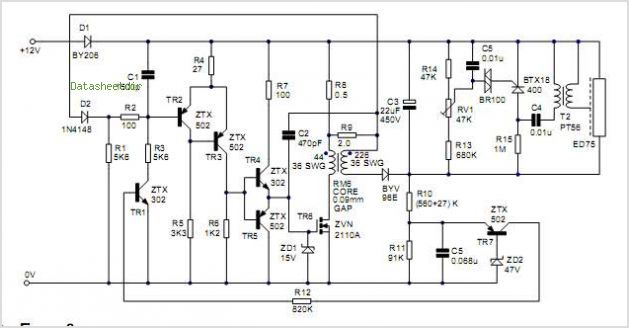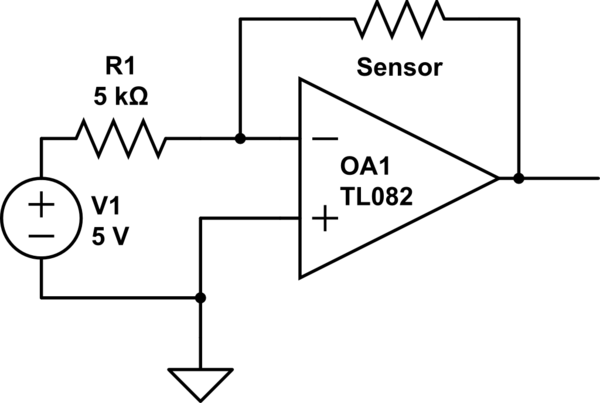
voltage What kind of Mic do I need to connect to a pots telephone line to speak
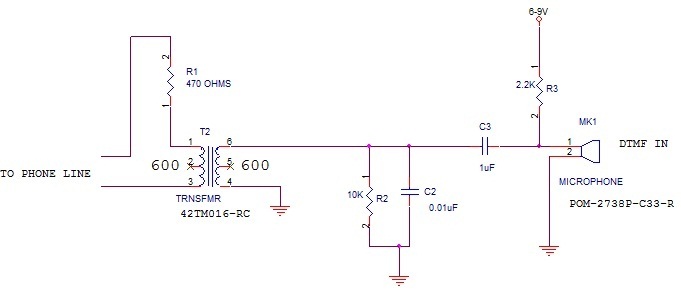
What type of microphone or mouthpiece can be used to connect to a POTS (Plain Old Telephone Service) telephone line to send DTMF (Dual-Tone Multi-Frequency) tones only, without transmitting voice? Is a standard microphone suitable, or must it be a specific type? I am utilizing a 300-ohm resistor to keep the line active automatically, and I need guidance on the appropriate microphone or any additional components required to achieve this.
In the early days of telecommunication, carbon microphones were commonly employed, typically with an impedance around 300 ohms. The signal level for such microphones is generally around 275 mV; however, clarification is needed regarding whether this value pertains to incoming or outgoing signals, or if it applies to both.
To effectively transmit DTMF tones over a POTS line, a specialized microphone or mouthpiece designed for low-frequency tone generation is recommended. A standard dynamic microphone may not suffice due to its inability to generate the precise frequency tones required for DTMF signaling. Instead, a dedicated DTMF encoder circuit can be utilized, which generates the required tones when triggered by a switch or a keypad.
The circuit can be designed using a microcontroller or a dedicated DTMF generator IC, which produces the specific frequencies associated with DTMF tones. This generator can be interfaced with a suitable audio output stage to match the impedance of the telephone line. The output stage should be capable of delivering the necessary voltage levels while ensuring that the impedance matches the 600-ohm standard of telephone lines.
In addition to the microphone or DTMF generator, the 300-ohm resistor serves to maintain the line's voltage level, preventing it from going idle. Additional components may include capacitors for filtering and ensuring signal integrity, as well as diodes for protection against voltage spikes. Proper design considerations must also account for the line's characteristics and the need for isolation to prevent interference with other devices connected to the telephone line.
In summary, while a standard microphone may not be suitable for DTMF transmission, utilizing a dedicated DTMF generator circuit, along with appropriate interfacing components, will facilitate successful tone generation over a POTS line.What kind of microphone or mouthpiece I can use to connect across a pots telephone line in order to send dtmf tones ( no voice ) dtmf only. Can I use a regular mic or does it have to be a certain type, I am using a 300 ohm resistor to hold open the line automatic and I need to know what kind of mic i need or if i will need any
additional components to make this work thanks Back in the stone ages a telephone used a carbon microphone (300 Ohm IIRC). This page rane. com/note150. html shows the signal level as 275 mV, but I am not sure whether that refers to the incoming or outgoing signal (or maybe to both ) Wouter van Ooijen Apr 10 `13 at 18:37
🔗 External reference
In the early days of telecommunication, carbon microphones were commonly employed, typically with an impedance around 300 ohms. The signal level for such microphones is generally around 275 mV; however, clarification is needed regarding whether this value pertains to incoming or outgoing signals, or if it applies to both.
To effectively transmit DTMF tones over a POTS line, a specialized microphone or mouthpiece designed for low-frequency tone generation is recommended. A standard dynamic microphone may not suffice due to its inability to generate the precise frequency tones required for DTMF signaling. Instead, a dedicated DTMF encoder circuit can be utilized, which generates the required tones when triggered by a switch or a keypad.
The circuit can be designed using a microcontroller or a dedicated DTMF generator IC, which produces the specific frequencies associated with DTMF tones. This generator can be interfaced with a suitable audio output stage to match the impedance of the telephone line. The output stage should be capable of delivering the necessary voltage levels while ensuring that the impedance matches the 600-ohm standard of telephone lines.
In addition to the microphone or DTMF generator, the 300-ohm resistor serves to maintain the line's voltage level, preventing it from going idle. Additional components may include capacitors for filtering and ensuring signal integrity, as well as diodes for protection against voltage spikes. Proper design considerations must also account for the line's characteristics and the need for isolation to prevent interference with other devices connected to the telephone line.
In summary, while a standard microphone may not be suitable for DTMF transmission, utilizing a dedicated DTMF generator circuit, along with appropriate interfacing components, will facilitate successful tone generation over a POTS line.What kind of microphone or mouthpiece I can use to connect across a pots telephone line in order to send dtmf tones ( no voice ) dtmf only. Can I use a regular mic or does it have to be a certain type, I am using a 300 ohm resistor to hold open the line automatic and I need to know what kind of mic i need or if i will need any
additional components to make this work thanks Back in the stone ages a telephone used a carbon microphone (300 Ohm IIRC). This page rane. com/note150. html shows the signal level as 275 mV, but I am not sure whether that refers to the incoming or outgoing signal (or maybe to both ) Wouter van Ooijen Apr 10 `13 at 18:37
🔗 External reference
